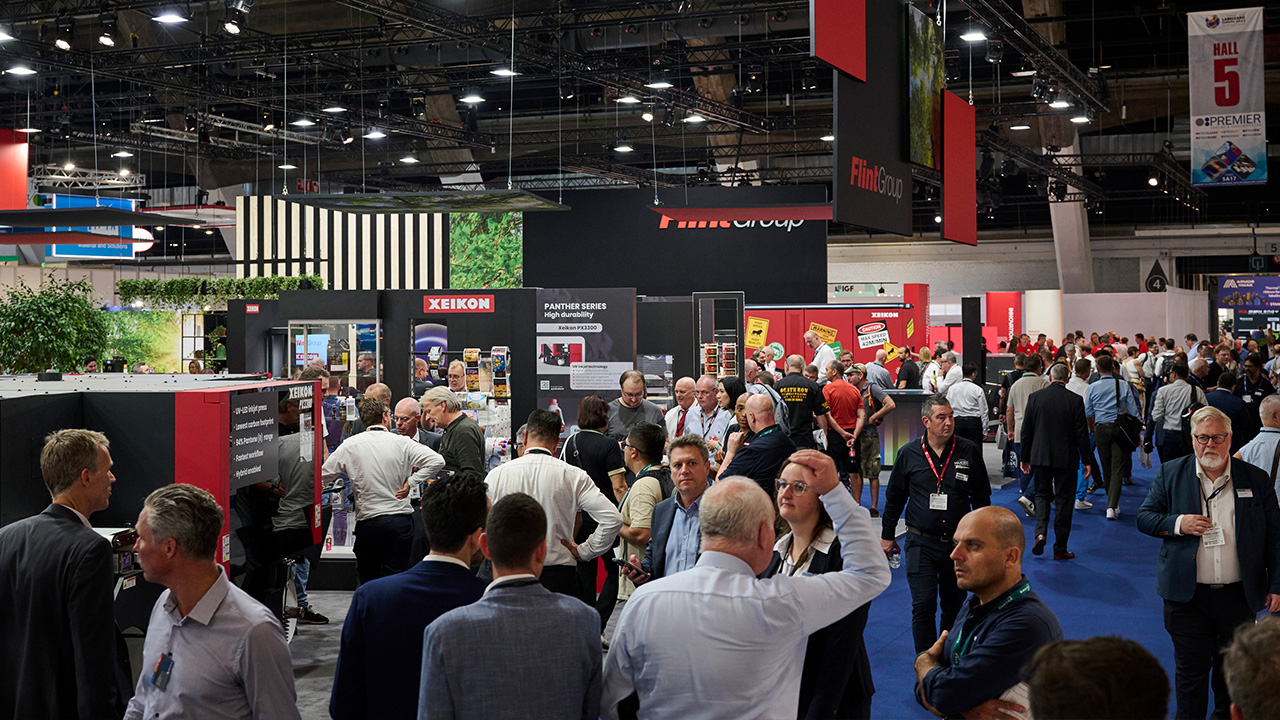Troubleshooting corona
Like all machines, the corona treater performs at its best if it is correctly and regularly maintained, which is a little-known fact, according to market research carried out by Vetaphone.
‘Because it’s a relatively simple and reliable process, many converters give little thought to their corona unit once it’s been installed and switched on,’ he notes. ‘But it’s the installation and the need for occasional maintenance that hold the key to a long working life of peak performance.
The problem often occurs when the exhaust system, located after the cooling fan, is not up to the task of effectively removing all the ozone. The result, over a period of time, is rusting of the metal components and a consequent drop in performance, and eventual failure. It can be overcome easily, according Eisby, by adopting a professional approach and the right technology to the exhaust, which he says should be considered an intrinsic part of the industrial production process, not treated as an afterthought.
‘The problem is identifying whose responsibility it is to engineer the evacuation. This is clear in the case of UV curing, and appropriate technology is installed to ensure the system functions at optimum level – but corona is easily forgotten, although no less important.’
What is needed is better education and improved cooperation between suppliers and customers. Tackled correctly at installation, it never becomes a problem, but left unaddressed, it causes loss of quality, poor production efficiency, and much finger-pointing over who is to blame.
Eisby says that Vetaphone technicians are trained to deal with the situation but need the understanding of all other parties to devise and implement a satisfactory arrangement that prevents the problem developing. ‘It’s not rocket science – it’s common sense, and a very easy way of protecting your investment – not just the corona unit, but the entire line.’
The ceramic electrodes that are an integral part of the corona treater are sensitive, and do not respond well to abuse in the form of overheating, vibration or impact. The first can be resolved by efficient cooling from a well-designed and installed exhaust system, and also by ensuring the gap between electrode and substrate remains at 1.5mm, allowing a cooling air flow. There are two simple tasks for the operator: to check from time to time that the gap between electrode and substrate remains at 1.5mm; and that no dirt blocks the exhaust air flow.
‘It’s amazing, at times, that the key to prolonged component life is simple care and attention – it’s also amazing how frequently it’s missing.’
Stay up to date
Subscribe to the free Label News newsletter and receive the latest content every week. We'll never share your email address.

